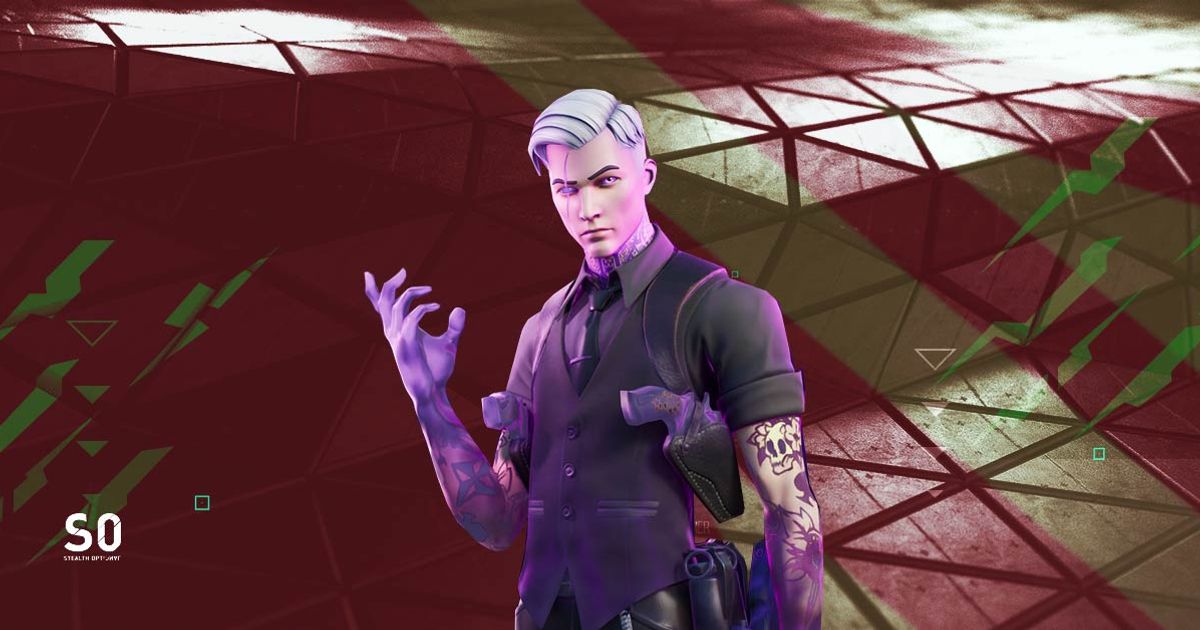Fortnite's latest update for Chapter 3 Season 1 is with us, and contains plenty of new content. Yet with most game updates, players normally run into bugs and glitches that need to be fixed. One such example is theFortnite textures not loading issue. Even if you’re playing on a great gaming laptop for Fortnite with an exquisite Fortnite gaming mouse linked up, there’s still a chance that something will go wrong and your textures won't load.
READ MORE: Fortnite: How to fix slow downloads speed
Read on for our guide on how to fix this annoying bug.
How to fix Fortnite texture issues
If you drop into a game of Fortnite and the textures haven't loaded in, not only is it pretty bad to look at but it can also negatively impact your gameplay. Here are our tips on how to fix the Fortnite textures not loading issue.
Lower your graphics settings
If you don't use a high-end PC, you may encounter graphical issues if you set the graphics settings to High. If you go to the Video Settings, you can easily change your graphics settings to make them more suitable for your setup. Textures not loading in may be a result of these settings being too high, so setting the Quality to low or medium, and the View Distance to near or medium may solve this problem.
Within the Fortnite game settings themselves, it is also worth trying to set the display mode to fullscreen rather than windowed. Consider as well, capping the frame rate on the game. In many cases, this will be automatically set to have no cap. So putting in a cap of 120fps or 60fps may make a difference. Apply the settings, and then start a new game to see if it fixes the problem.
Additionally, in the Advanced Graphics tab, think about disabling features such as Vsync and Motion Blur. And finally, some players have found that disabling replays can help to reduce texture related problems.
READ MORE:Warzone vs Fortnite player count: Which game has greater popularity?
Install Fortnite onto an SSD
You may find that saving Fortnite onto an HDD means you experience rendering issues and longer loading times. If you're on a console and use its internal storage to hold Fortnite, installing the game onto an external SSD storage device may solve your rendering issues, although they aren't cheap.
READ MORE:Fortnite vs Minecraft player count: Which game has more players and is more popular in 2021?
The same applies for PC players who still use HDDs to hold their games. Upgrading to an SSD will speed up those loading times and hopefully fix any texture issues you have.






